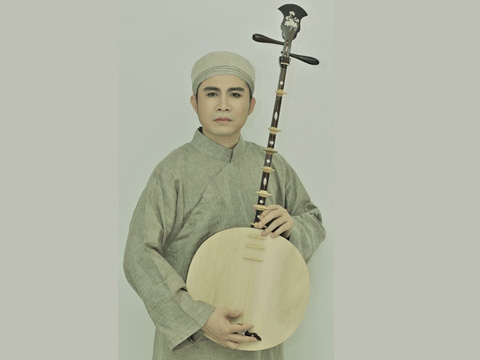History of import and development
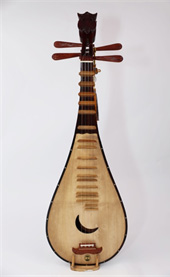
The Ty Ba, introduced into our country from the 11th century, was used in the Ly dynasty’s bands (from the 11th century to the 13th century, under the Later Le dynasty, present in the bands Duong Ha Chi Nhac, Dong Van Nha Nhac). (XV century),… Historically, the Ty Ba instrument was also called Tu Huyen Cam (according to the Book of Vietnamese Musical Instruments, author: Prof. Le Thuong).
Bhikshu was first mentioned in Vietnamese history, when Le Tac recorded in An Nam Chi the name of the small orchestra used outside the Tran court. The Ty Ba Viet Nam is a very ancient form of the Pipa, which came from Persia in the form of the Barbat and Qanbus that followed the Silk Road into China.
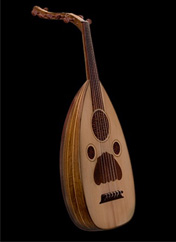
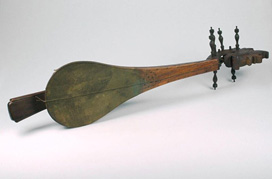
Bhikkhus from Persia appeared very early in China with the name PiPa (琵琶), according to some records, about more than 2000 years of history, the Pipa band was introduced along the Silk Road to other countries, over time. Long time use it has been localized differently depending on each region or country: Japan is called Biwa, in Korea is Bipa, …
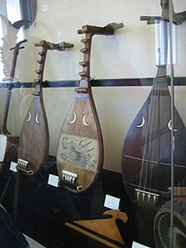
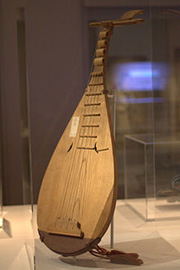
According to Prof. Dr. Tran Van Khe (2000), National Music, Ho Chi Minh City Youth Publishing House, the name “Pipa/Ty Ba” in Chinese is due to the two characters “pi” (Pi/琵) and “grandmother” (Pa/琶) ) create. These two characters are ancient Chinese methods of playing the lute – “pi” is the right hand to pluck the strings down, and “pa” is to pluck up. And so the term “Pipa” is often used in Chinese to describe two different methods of plucking.
Also according to GS.TS. Tran Van Khe, the carvings on the stone pedestal at the foot of the pillars of Van Phuc pagoda, Phat Tich village, Bac Ninh province, show 10 musicians using 10 musical instruments such as beat, ho-gao, transverse flute, harp, and trumpet. , Ty Ba, Pepper, 3-stringed lute, drum belt. So, the Ty Ba has appeared since the Ly Dynasty (XI century).
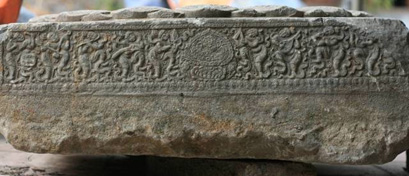
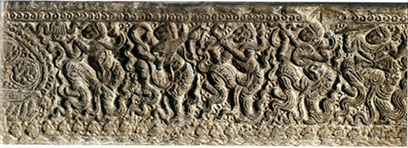
Engraving orchestra at the foot of the pillar of Van Phuc pagoda, Phat Tich – Bac Ninh
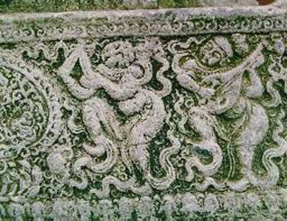
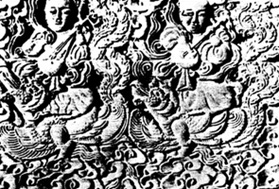
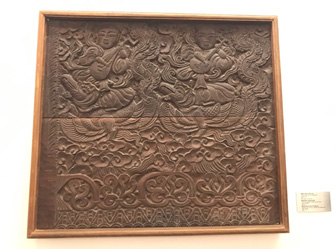
During the Tran Dynasty, Ty Ba only participated in the Tieu Orchestra used in folk music.
During the Le Dynasty, when Luong Dang regulated court music according to the Ming Dynasty model, Ty Ba was present in the Ha Chi Nhac Street orchestra. But Luong Dang’s regulations were not approved by anyone. Nguyen Trai presented a petition to tell the king why he had resigned and was not in the Committee for the regulation of the Court of Music, stating the wrongs of Luong Dang. Music-savvy ministers such as Luong The Vinh, Than Nhan Trung, and Do Nhuan all disagreed with the regulations laid out by Luong Dang. Therefore, Bhikkhu was in the line of Ha Chi Le Street but was not allowed to appear officially.
But in the reign of Hong Duc (1470-1497), the three ministers mentioned above created two teams of Dong Van and Nha Nhac to play and sing in the court. The Ty Ba and the Tranh are included in those two teams. But the great gods did not want to keep the name Tranh or Ty Ba as a Chinese name, so they gave him the name Tu Huyen Cam (4 strings) and the Tranh at that time had 15 strings named Thap Ngu Huyen Cam.
After that, there was a great change from the reign of Quang Hung (1578) two teams of Dong Van and Nha Nhac were only used in major ceremonies such as Te Giao, Te Mieu, and Dai Dynasty. On other occasions, Dong Van and Nha Nhac were replaced by the parish team in folklore. Ty Ba was forgotten while the Tranh was added to the Ward Team, joined by the Day and Truong Cung (made of 3, 4 meter long bamboo, knocked by an old artisan to keep the rhythm), there The Ancient Drum has a type of enemy ruler whose common name is Quyen Thuy. There are peach nuns who both sing and type Phach and also Senh Tien. When playing in the palace called Cua Quyen singing (the predecessor of Ca Tru), the Congregation team had many musicians playing the Cam, which is a type of string instrument, including the 15-stringed Tranh. And there are many Big Drums, Small Drums, Duc Dich, Hai Loa…
At the end of the Le Dynasty, there was a big change: the Tranh lute was no longer present in the court orchestra, but was replaced by the Ty Ba with the Nguyet (then called the Song Van), the Tam, and the Nhi, with two Flute pipe, one Drum Ban, one Tam Am La and one Senh Tien.
After the victory of the Rooster, King Quang Trung sent a delegation of emissaries to King Qian Long. The Qing Dynasty crowned King Quang Trung with the title of Annam King, the Chinese called the accompanying orchestra Annam Quoc Nhac. Kham Dinh Dai Thanh Hoi Dien Su Le recorded many details about 9 types of foreign music present at the Qing court called Cuu Tau.
Nguyen Anh or Emperor in 1802 took the era name Gia Long, set the country’s name as Vietnam, from 1802 the Chinese changed the name Annam Quoc Nhac to Vietnam Quoc Nhac. The Nguyen Dynasty adjusted royal music. Forming a Great Orchestra consisting of trumpets and drums. And Nha Nhac Orchestra is also called Tieu Nhac or Ti Truc Te Nhac, because the orchestra consists of stringed instruments and a bamboo flute. Ty Ba was present in the royal orchestra while the Tranh was used in folklore and became an important instrument of chamber music. The Tranh, Nguyet, Nhi, Tam, and Ty Ba became the Ngu Tuyet band of Hue chamber music (the predecessor of Ca Hue).
From the period of French domination to the August Revolution in 1945, the Ty Ba was preserved, handed down and developed in folklore. Not to mention the milestone of 1855, after the incident of Hue capital, King Ham Nghi left the country, Mr. Nguyen Quang Dai (aka Master Ba Doi) brought patriotism from Hue to find a way to the South to live by the way of teaching music. From here, he was the first to inaugurate the Southern art of Don ca tai tu and Southern ceremonial music bearing the characteristics of the Vietnamese national identity.
From 1956, after music schools were established, the Ty Ba was introduced to teach, to acquire more performing techniques, foreign musical compositions, and Western notation.
There was a time when the pixie almost disappeared, rarely did we see the pixie appear, making many admirers feel worried. According to the author The Bao (2017), The History of Vietnamese Music, Youth Publishing House, Ho Chi Minh: “The Ty Ba, one of Vietnam’s traditional musical instruments, is used in various types of music such as: Hue royal court music, Cheo music, Cai luong music…, but over time this instrument is increasingly absent and is no longer as popular as other musical instruments such as Bau, Tranh, Nhi, and Nguyet.”
At present, the Ty Ba has become more familiar and closer after the spreading efforts of the professionals. The Ty Ba is included in traditional music, and is also used to perform contemporary songs.

